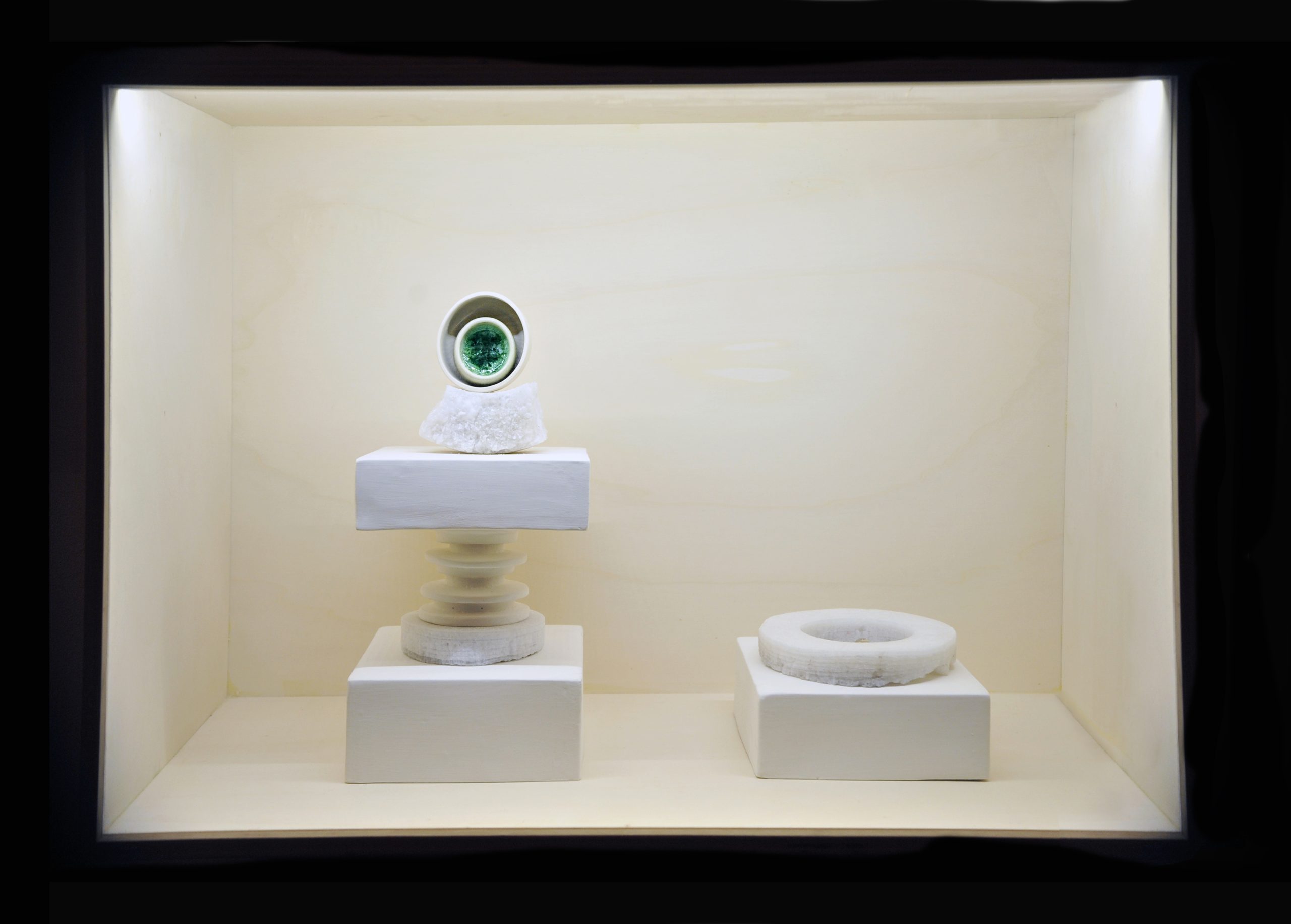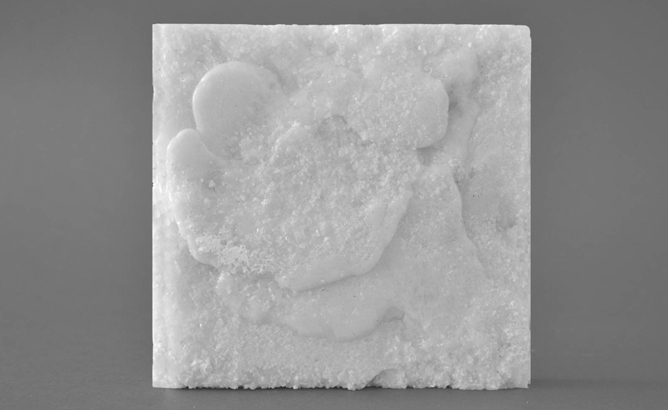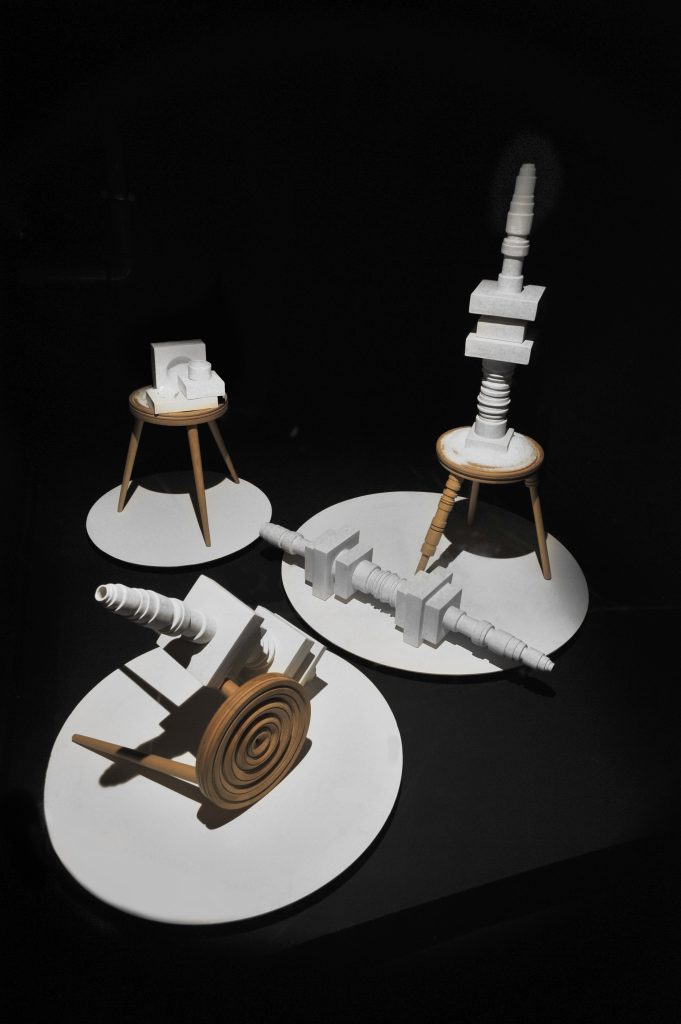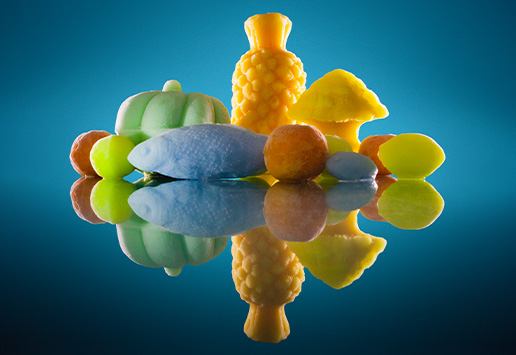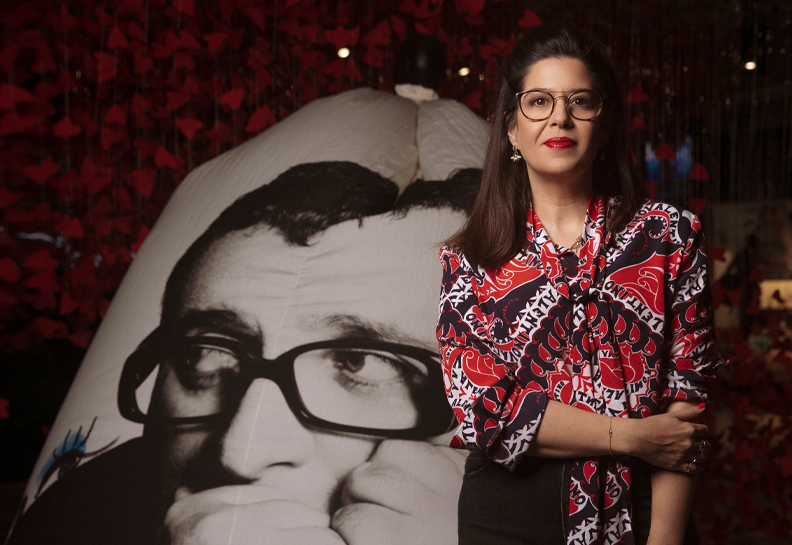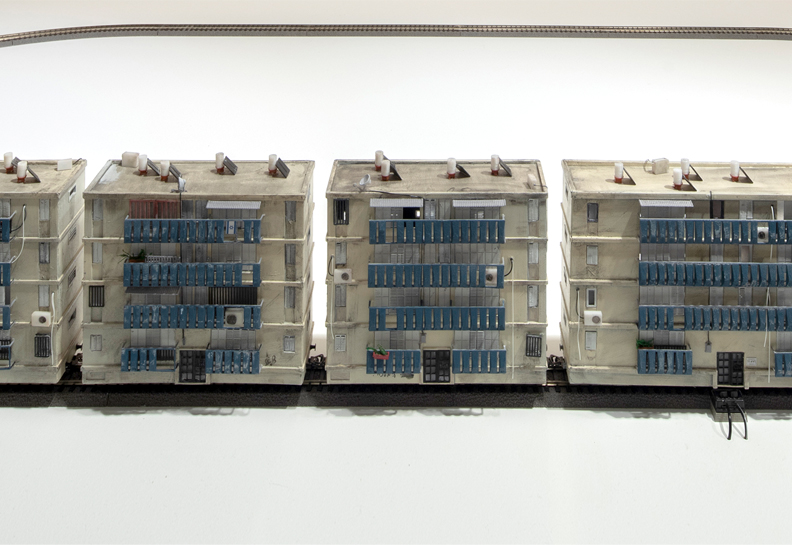November 28, 2015 – April 02, 2016
Depth must be hidden. Where? On the surface
Hugo Von Hofmannsthal 1922
Through observation, sensitivity, and attentiveness to materials and environment, Erez Nevi Pana conducts free and unconventional exploration without knowing where it will take him. On a hot summer day in 2013, Nevi Pana went hiking in the Judaean Desert. Against the backdrop of the Dead Sea’s desert landscape, between the desert dunes, he saw a white mountain, as pure and sparkling as diamonds. A vast mountain of salt. This salt mountain is a by-product of the Dead Sea Works – a fraction of what is pumped out of the sea, while twenty million tons of salt sink into its southern basin every year.
Since antiquity, salt has been associated with myths, beliefs, and rituals that cross countries and cultures. Where salt was traded, it served as currency attended by status and power, but human attention turned primarily to its preservation qualities, which accorded it royal status and turned it into a valuable and highly desirable resource.
